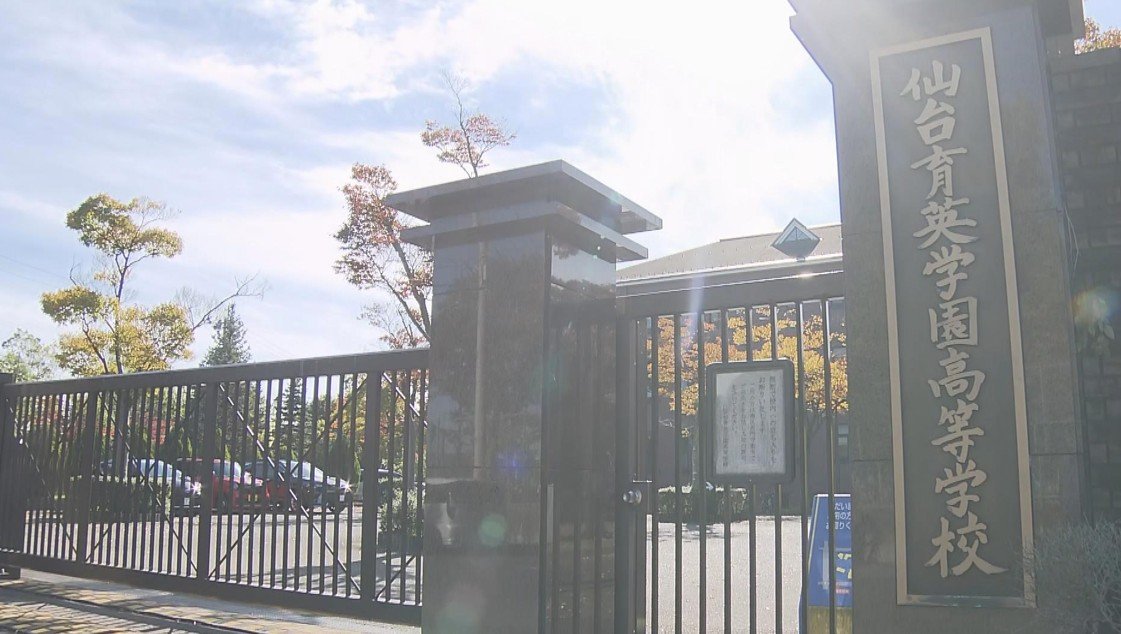
Sky-gazers worldwide may get the chance to see a celestial display this week as the annual Leonid meteor shower reaches its peak.
The Leonids are set to peak at 1 p.m. ET Monday, according to EarthSky. You may start glimpsing meteors at 11 p.m. Sunday local time, which is when the constellation Leo rises over the horizon. But it’s best to watch for them between 4 a.m. Monday and sunrise local time, said Robert Lunsford, fireball report coordinator for the American Meteor Society.
“Unlike a lot of (meteor) showers, the Leonids have a very sharp peak,” Lunsford said, adding there is only one good night for viewing.
The Leonids’ parent comet, 55P/Tempel-Tuttle, is to thank for this brief duration. The size of the comet’s debris trail is small, so Earth passes through it for a short amount of time.
The meteors you’ll see around 11 p.m. Sunday will be Earth grazers, Lunsford said, which means they’ll last longer than normal and will shoot across a large portion of the sky. “But you won’t see as many because a lot of the Leonid activity will be shooting downward below the horizon,” he added.
Under clear weather conditions, you can expect to see 10 to 15 meteors per hour.
Showers and storms
While a meteor shower is expected this year, the Leonids are known for occasionally producing tremendous meteor storms, with at least 1,000 meteors per hour.
The last Leonid meteor storm was in 2002. However, one of the most memorable storms occurred in 1966 when “we passed right through the center of one of the Leonid streams and rates were estimated at 40 meteors per second,” Lunsford said.
That storm had meteor activity so prevalent in the sky that meteors appeared to fall like rain.
High meteor activity coincides with when the comet 55P/Tempel-Tuttle reaches perihelion — its closest approach in orbit to the sun. It takes the comet 33 years to orbit the sun, so the larger Leonid meteor showers — and sometimes storms — tend to occur about every 33 years.
For a storm to happen, Earth has to pass through a dense part of the comet’s debris during perihelion, but sometimes our planet only skims the outskirts.
The next shower that will coincide with the comet’s orbital cycle will take place in 2033, but it is not expected to be a storm, Lunsford said. “We may see rates of around 100 an hour, which is comparable to the Geminids,” he said, “but we certainly don’t expect any storms which are 1,000 meters an hour.”
Upcoming meteor showers
Here are the peak dates of the two remaining meteor showers anticipated this year, according to the American Meteor Society and EarthSky.
Geminids: December 13-14
Ursids: December 21-22
Upcoming supermoon
Look out for the last full supermoon this year.
December 4: Cold moon
Sign up for CNN’s Wonder Theory science newsletter. Explore the universe with news on fascinating discoveries, scientific advancements and more.
For more CNN news and newsletters create an account at CNN.com
 Etymological Investigation Disclosed: A Survey of \Dominating New Tongues\ Language Learning Application
Etymological Investigation Disclosed: A Survey of \Dominating New Tongues\ Language Learning Application Manual for Vegetarian Protein Powder
Manual for Vegetarian Protein Powder 仙台育英高校サッカー部がいじめ問題で全国大会出場を辞退。弁護士の見解や代替出場の可能性は? #エキスパートトピ(下薗昌記) - エキスパート - Yahoo!ニュース
仙台育英高校サッカー部がいじめ問題で全国大会出場を辞退。弁護士の見解や代替出場の可能性は? #エキスパートトピ(下薗昌記) - エキスパート - Yahoo!ニュース Well known SUVs With Low Energy Utilization In 2024
Well known SUVs With Low Energy Utilization In 2024 Instructions to Keep an Inspirational perspective After Cellular breakdown in the lungs Treatment
Instructions to Keep an Inspirational perspective After Cellular breakdown in the lungs Treatment 名古屋グランパス・長谷川健太監督、今季で退任へ リーグ戦17位と低迷…クラブと協議 後任はJ1監督経験者を軸に選定(中日スポーツ)
名古屋グランパス・長谷川健太監督、今季で退任へ リーグ戦17位と低迷…クラブと協議 後任はJ1監督経験者を軸に選定(中日スポーツ) 仲代達矢さん最期の様子 ケガして入院、肺炎を併発 8日に死去、最後の舞台は5月能登での復興公演(スポニチアネックス)
仲代達矢さん最期の様子 ケガして入院、肺炎を併発 8日に死去、最後の舞台は5月能登での復興公演(スポニチアネックス) 仙台育英高校サッカー部「全国高校サッカー選手権大会」への出場辞退決める 部内での「いじめ重大事態」を受け(tbc東北放送)
仙台育英高校サッカー部「全国高校サッカー選手権大会」への出場辞退決める 部内での「いじめ重大事態」を受け(tbc東北放送) An Aide On Upgrading Your FICO rating
An Aide On Upgrading Your FICO rating













